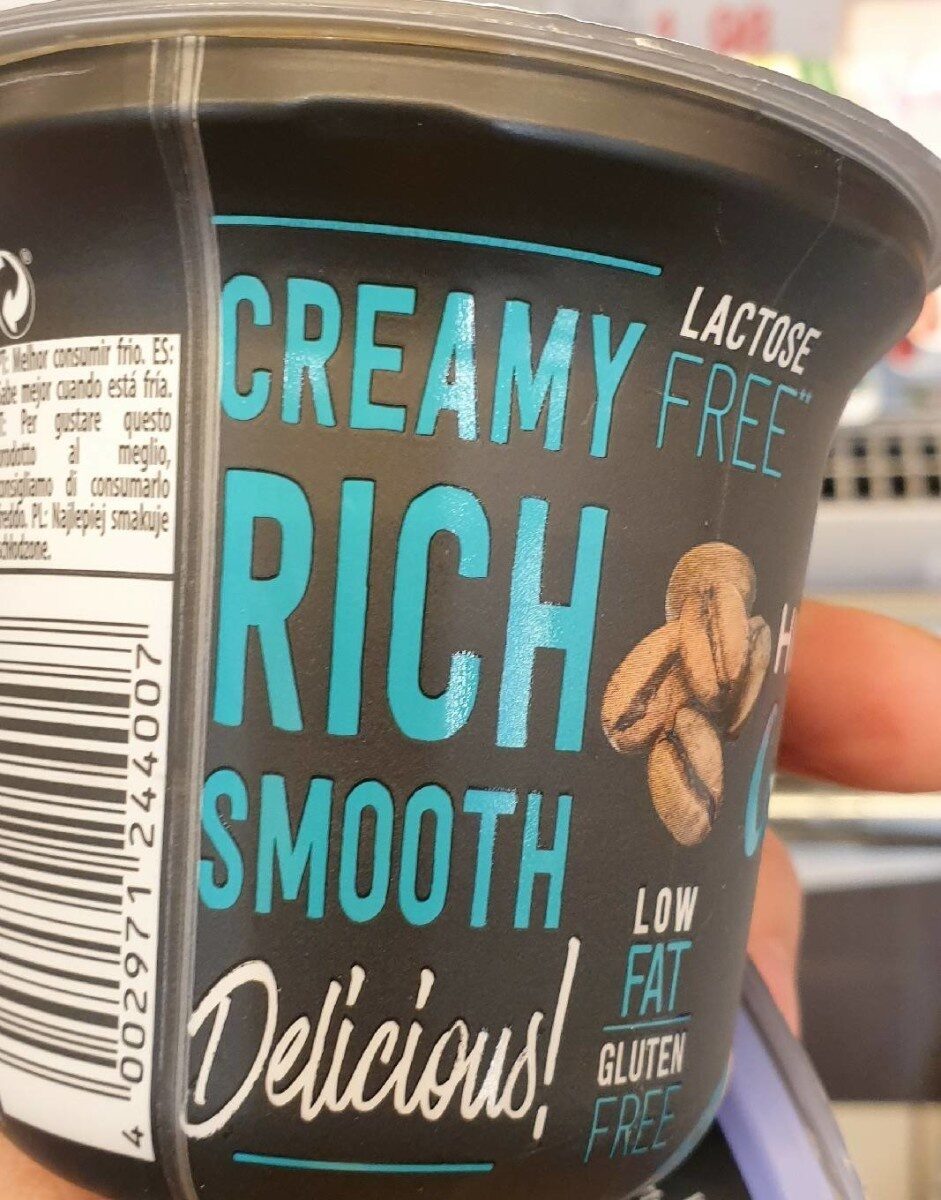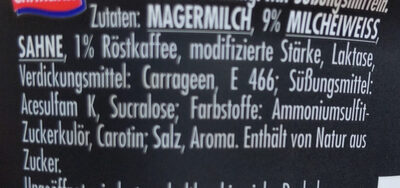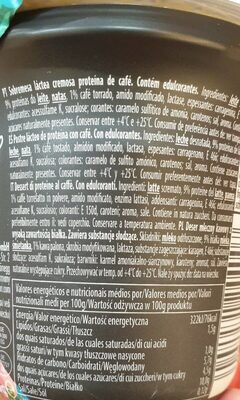Columbian Coffee Pudding - Ehrmann - 200g
Aquesta pàgina del producte no està completa. Podeu ajudar a completar-la editant-la i afegint-hi més dades a partir de les fotos ja disponibles, o fent-ne més amb l'aplicació de androide o iPhone / iPad. Gràcies!
×
Codi de barres: 4002971244007 (EAN / EAN-13)
Quantitat: 200g
Empaquetament: Plàstic, en:multilayer-composite, en:Pot, en:pp-polypropylene, 90 C/X, en:ps-polystyrene, 90 C/X
Marques: Ehrmann
Categories: Productes làctics, Postres, Postres làctics, en:Puddings
Etiquetes, certificacions, premis:
Lliure de gluten, Punt verd, Sense sucre afegit, Sense lactosa
Llocs de fabricació o processament: Oberschönegg
Codi de traçabilitat: DE BY-77727 EG, DE SN-006 EG
Enllaç a la pàgina del producte en el lloc oficial del productor: https://www.ehrmann.de/produkte/high-pro...
Països on es va vendre: Àustria, Finlàndia, Alemanya, Portugal, Espanya
Matching with your preferences
Entorn
Empaquetament
Transport
Report a problem
Fonts de dades
Producte afegit per kiliweb
Última modificació de la pàgina del producte per moon-rabbit.
La pàgina del producte, també editada per choosebetter, date-limite-app, elcoco, hangy, inf, jhchein, karstengh, laurentf57390, marcel90191, msc, mvainola, openfoodfacts-contributors, packbot, prepperapp, roboto-app, scanbot, spotter, telperion87, thaialagata, yuka.WXA0dlNKVXRqUE1EcThjNXh6RDQ5dFJ3M29LN1ducTRPZVlzSVE9PQ, yuka.sY2b0xO6T85zoF3NwEKvlnFWWMffngnZOybvnGrQ64neIKbZMfNg_IOlbKs.









